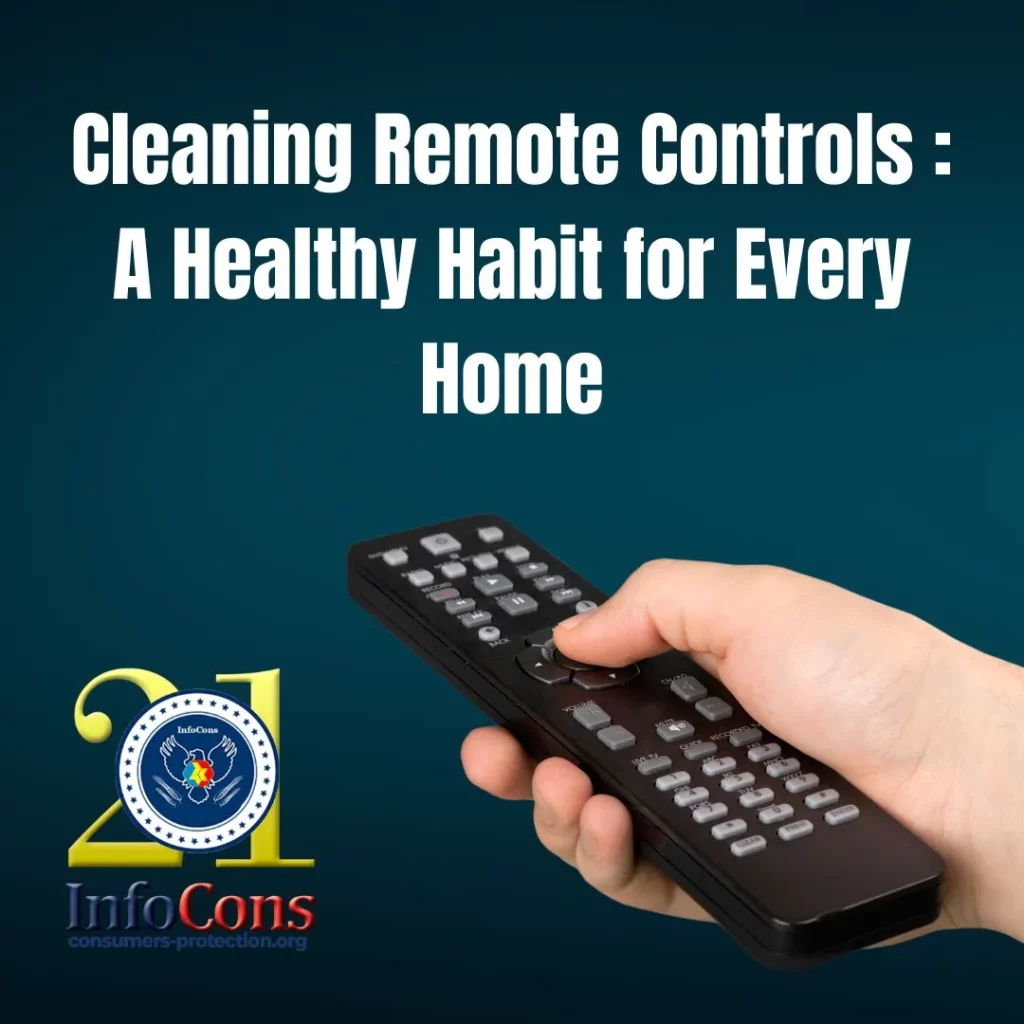
Remote controls are among the most frequently handled household items, yet they are often overlooked when it comes to cleaning. Whether it’s your TV remote, cable box controller, or media player remote, these devices can harbor dirt, grime, and germs. Regular cleaning is essential, but every so often, they also require a thorough disinfection to protect against illness-causing pathogens.
Why Clean Your Remote Controls?
Remote controls often come into contact with dirty hands and surfaces, making them a breeding ground for germs and viruses. Research shows that some viruses can survive on surfaces for hours or even days. Keeping your remotes sanitized can help reduce the spread of illnesses, such as colds, the flu, and even COVID-19. Taking precautions and cleaning them properly can significantly lower health risks.
Choosing the Right Cleaning Products
The Centers for Disease Control and Prevention (CDC) recommends using disinfectants registered by the Environmental Protection Agency (EPA) to kill viral pathogens effectively. Some widely available options include:
- Clorox cleaner and bleach products
- Lysol disinfectants
- Purell sanitizers
- Zep disinfectants and cleaners
Read also : Red Dye No. 3 : What the FDA Ban Means for Consumers
For those who prefer DIY solutions, a household bleach or alcohol mixture can also be used. The CDC provides the following guidelines:
- Bleach Solution: Mix 4 teaspoons of bleach into a quart of water. After using the solution, wipe the remote with a water-dampened cloth to prevent discoloration or damage.
- Alcohol Solution: Ensure a concentration of at least 70% isopropyl alcohol.
Always use caution when applying these solutions, especially near fabric or leather, and wear disposable gloves during the cleaning process. Ventilate the room by opening windows while working with cleaning agents.
Step-by-Step Instructions for Cleaning Your Remote
- Prepare Your Remote
- Remove the batteries to prevent any electrical damage.
- Turn the remote upside down and gently tap it against your palm to dislodge debris trapped between the buttons.
- Use a can of compressed air to clear out additional dirt.
- Apply the Disinfectant
- Avoid spraying any cleaning solution directly onto the remote, as this can damage internal components.
- Use a disinfecting wipe or a cloth/paper towel moistened with the cleaning solution to clean the outer shell of the remote.
Read also : EU Healthcare in Transition : Addressing an Aging Medical Workforce
- Tackle Hard-to-Reach Areas
- For smaller crevices and areas around the buttons, use a cotton swab dipped in the disinfectant.
- If debris is stuck deep in the buttons, gently loosen it using a dry toothbrush or a toothpick.
- Dry and Reassemble
- Allow the remote to air dry completely before reassembling it.
- Once dry, reinstall the batteries, wash your hands thoroughly, and enjoy using your now-clean remote.
Key Tips to Remember
- Always wear gloves when using cleaning agents to protect your hands.
- Keep the cleaning solution away from sensitive surfaces such as fabric or leather.
- Perform regular light cleaning and schedule deep cleaning sessions periodically.
By incorporating regular cleaning and occasional sanitization of your remote controls into your routine, you can significantly reduce the spread of germs and viruses in your household. These simple steps can help protect your family’s health while ensuring your devices remain in top condition. So, grab those gloves and give your remotes the attention they deserve!
Once the remote has been thoroughly cleaned and dried, you can reinstall the batteries. Then wash your hands and you—and your remote—will be good to go. Regularly cleaning your remote controls not only ensures their longevity but also contributes to a healthier living environment for you and your family.
Read also : Emerging Scam Trends to Watch Out for in 2025
Source : Consumer Reports
InfoCons – European Organization for Consumer Protection and Promotion of Programs and Strategies , a full member of the World Organization Consumers International, founding member of the Federation of Consumer Associations, and member of ANEC .